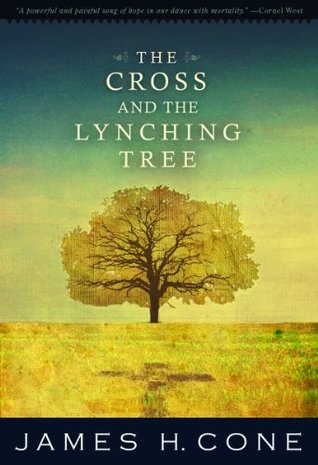That paradox was particularly evident in the first century when crucifixion was recognized as the particular form of execution reserved by the Roman Empire for insurrectionists and rebels. It was a public spectacle accompanied by torture and shame—one of the most humiliating and painful deaths ever devised by human beings. That Jesus died this way required special explanation. It made no rational or even spiritual sense to say that hope came out of “a place called Golgotha . . . a place of the skull.” For the Jews of Jesus’ time the punishment of crucifixion held special opprobrium, given
...more
That paradox was particularly evident in the first century when crucifixion was recognized as the particular form of execution reserved by the Roman Empire for insurrectionists and rebels. It was a public spectacle accompanied by torture and shame—one of the most humiliating and painful deaths ever devised by human beings. That Jesus died this way required special explanation. It made no rational or even spiritual sense to say that hope came out of “a place called Golgotha . . . a place of the skull.” For the Jews of Jesus’ time the punishment of crucifixion held special opprobrium, given their belief that “anyone hung on a tree is under God’s curse” (Deut 21: 23). Thus, St. Paul said that the “word of the cross is foolishness” to the intellect and a stumbling block to established religion. The cross is a paradoxical religious symbol because it inverts the world’s value system with the news that hope comes by way of defeat, that suffering and death do not have the last word, that the last shall be first and the first last.


